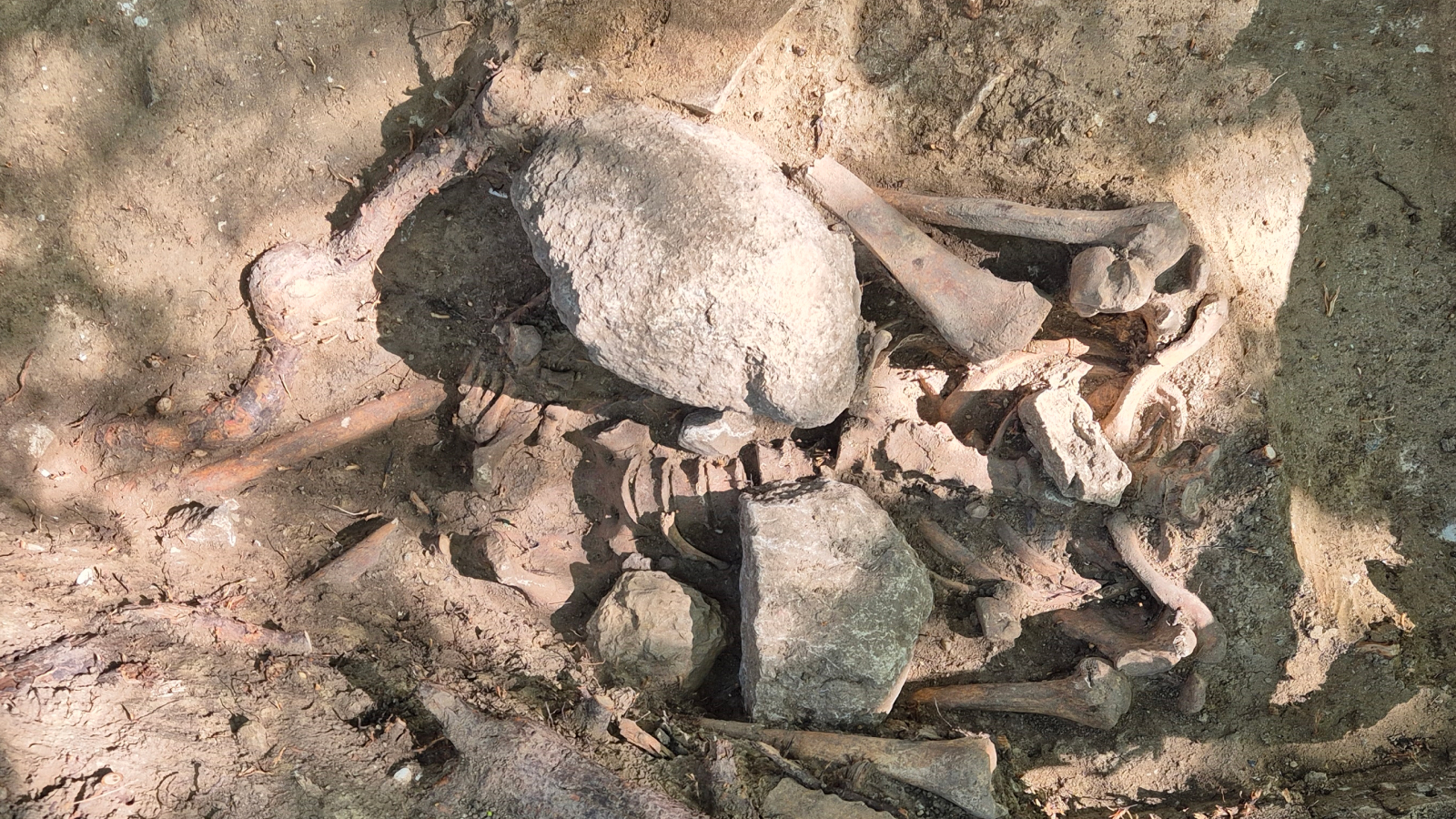Processes, Vol. 11, Pages 844: Effect of Gold Tailing Addition on the Mechanical Properties and Microstructure of Foam Ceramics
Processes doi: 10.3390/pr11030844
Authors: Siqi Zhang Zeping Wu Hongyu Wang Keqing Li Wen Ni Jiajia Wang Pengfei Wu Junyuan Pu
Tailings, with their low utilisation rate and value, pose an urgent problem that needs to be solved. This study focused on foam ceramics and glass granules, which were prepared using gold tailings as the main raw materials, and the prepared microcrystalline foam ceramics were investigated. The optimum sample (S6) of foam ceramics consists of 77 wt% of gold tailings, 6 wt% of talc, 9 wt% of bentonite, 2 wt% of calcite, 0.9 wt% of foaming agent and 0.6% of water reducer. The optimum foaming temperature is 1190 °C, and the holding time is 60 min. The compressive strength and bulk density of the samples are 7.4 MPa and 396.4 kg/m3; nucleation temperature, crystallisation temperature, and crystallisation activation energy of glass particles are 700 °C ± 50 °C, 1100 °C ± 50 °C, and 1572 kJ/mol, respectively. Microanalysis results showed that the crystal phases of foam ceramics were mainly quartz, calcium silicate, and aluminium silicate, and crystallinity increases with increasing gold tailing content. Wollastonite appeared in the crystalline phase of microcrystalline foam ceramics. When the glass granule addition reached 30% (2–3 samples), the compressive strength was increased by 19% (8.81 MPa), and the pore size distribution was more uniform.

 1 year ago
38
1 year ago
38


